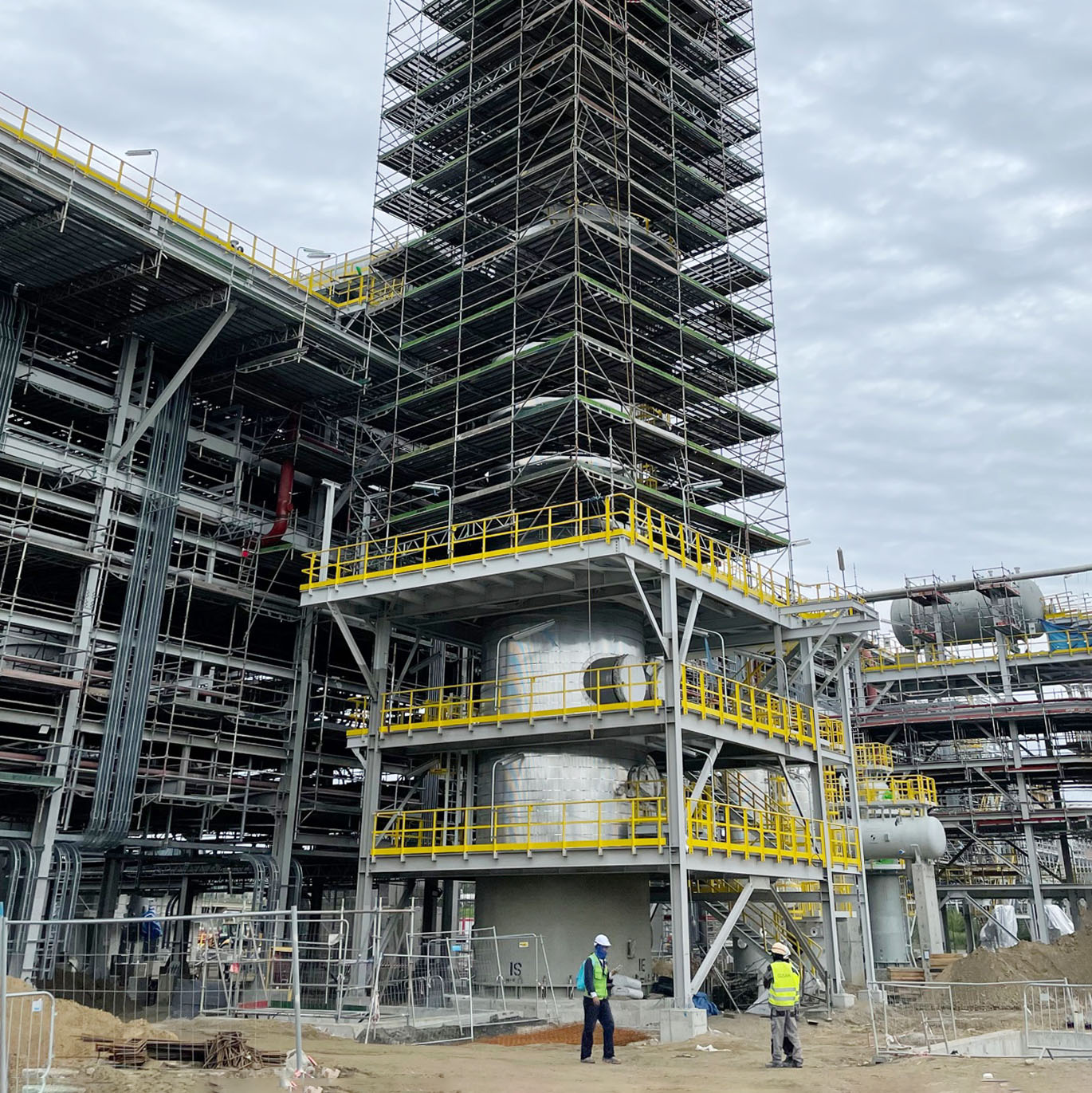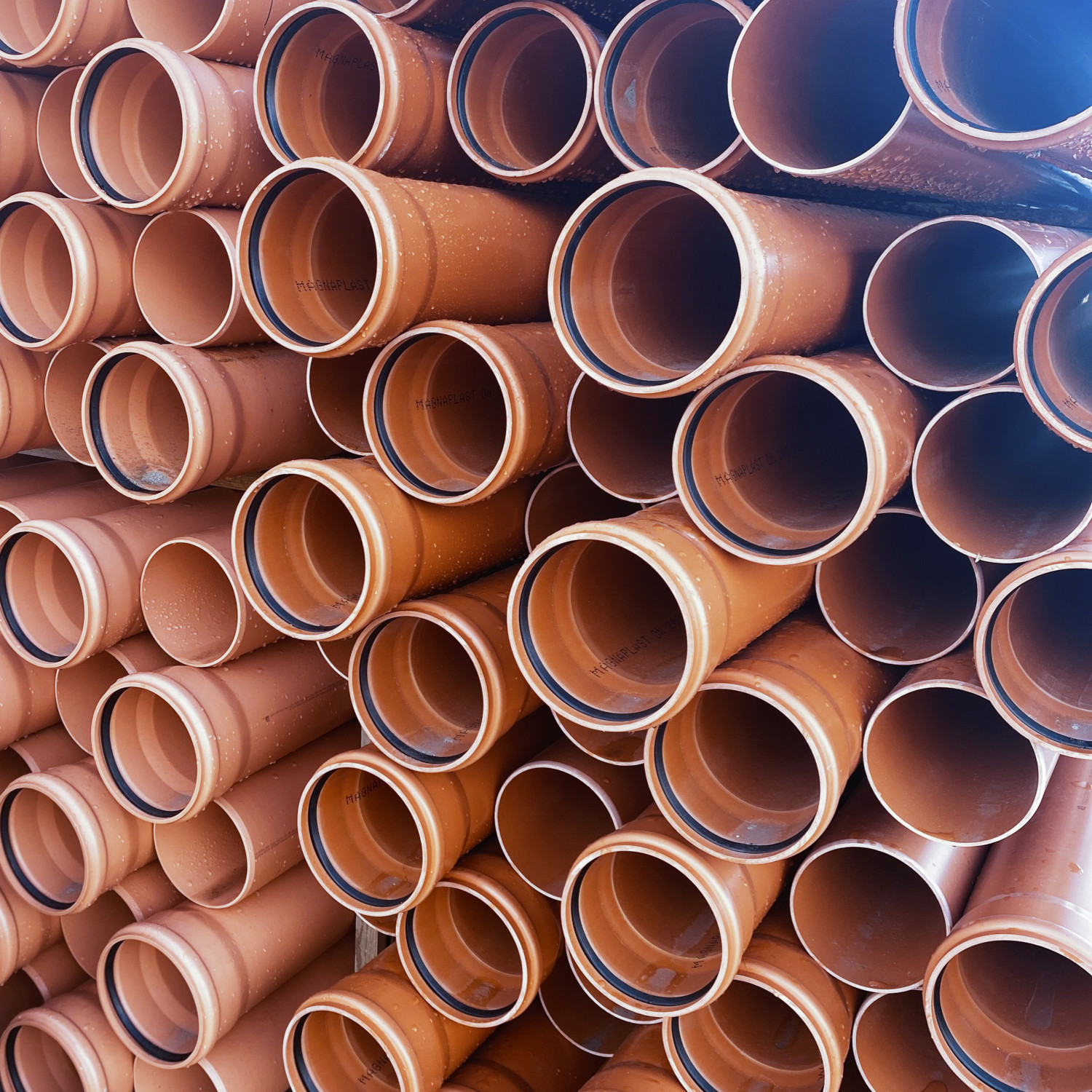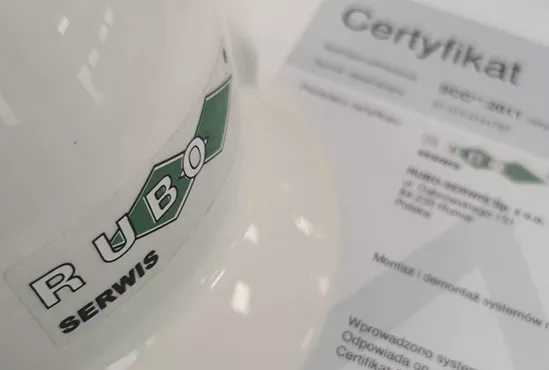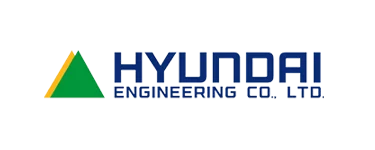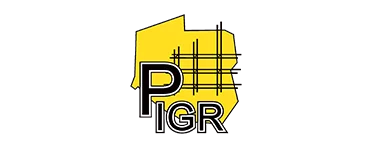- Rubo
- Offer
- Scaffolding Services
- Scaffolding Sale
- Distributors
- Safe scaffolding
- Quality of our scaffolding
- Accessories and common elements for scaffolding
- Grandstands and stages
- Cassette roof
- Sale of tarpaulins and canopies
- Frame/facade scaffolding
- Steel platforms for scaffolding
- Aluminum mobile scaffolding
- RUBO RK wedge scaffolding
- SKYER - modular system scaffolding
- Steel Constructions
- Tents & PVC Products
- Water and sewage wholesaler
- About us
- Updates
- Contact
- SHOP

